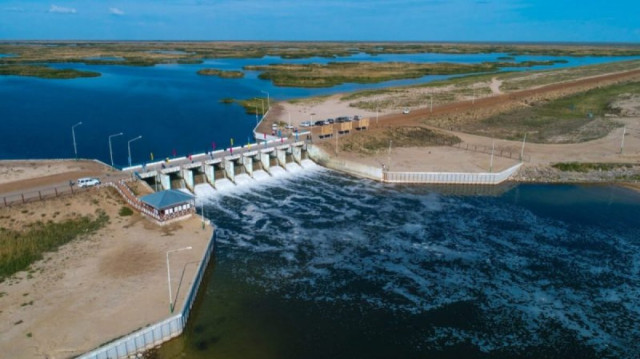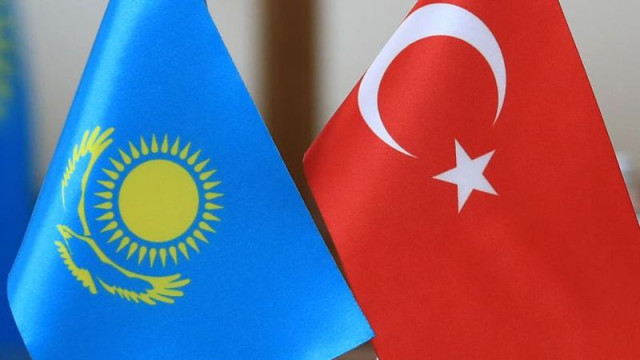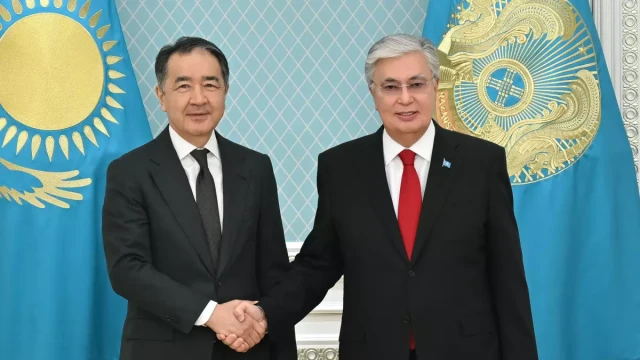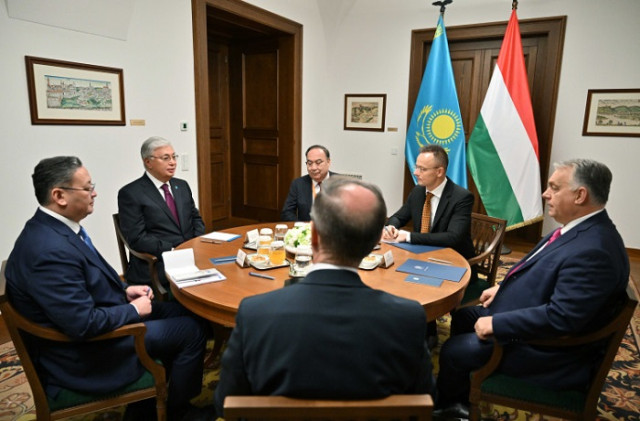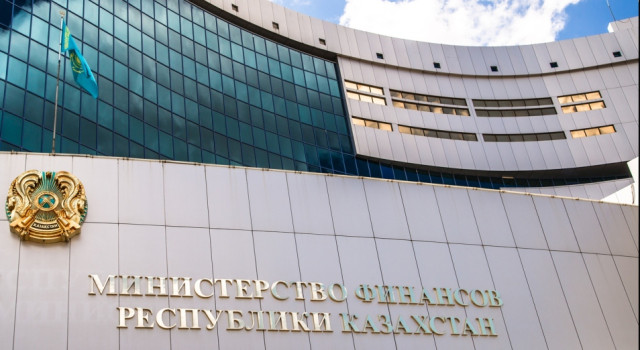
Over four billion tenge was
received by the state budget in 2023 from customs duties and taxes, marking a
nearly 20 percent increase from the previous year. This was announced at a
briefing in Astana by Yeldos Saudabayev, a spokesperson for the State Revenue
Committee of the Kazakh Finance Ministry. He noted that 150 billion tenge was
added to the country’s budget through customs administration measures.
Additionally, Kazakhstan's trade with third countries exceeded $111 billion
last year, with trade operations with China amounting to more than $31 billion.
Experts attribute this achievement to the introduction of digital technologies
and streamlining of customs procedures at the state border. For example, an
automated electronic queue system is successfully operating at all automobile
checkpoints along the external border of the Eurasian Economic Union. Moreover,
the procedure for issuing foreign documents at the state border with China
through the Qoldau.kz platform has been digitized. A similar pilot project is
planned to be implemented jointly with Uzbekistan, as noted in the relevant
ministry. The issuance of special permits for large and heavy vehicles at
border checkpoints has also been accelerated.
“In 2024, during January-February
alone, over 162,000 vehicles passed through the automobile checkpoints at the
border with third countries, including China, Uzbekistan, and Turkmenistan.
This figure amounted to over one million in 2023 and 639,000 in 2022. Thus, the
increase in throughput capacity amounted to 61 percent,” Saudabayev said.
The State Revenue Committee also
outlined measures aimed at developing Kazakhstan’s transit potential and
cross-border trade. These include the modernization of checkpoints, the
implementation of electronic navigation seals to track goods transported
through the EAEU territory, and the introduction of a single window for
export-import operations. Moreover, the transition from paper-based to digital
document management is of significant importance. Experts believe that all
these measures contribute to the accelerated development and popularity of transport
corridors in Central Asia, the Caspian region, and the South Caucasus.



